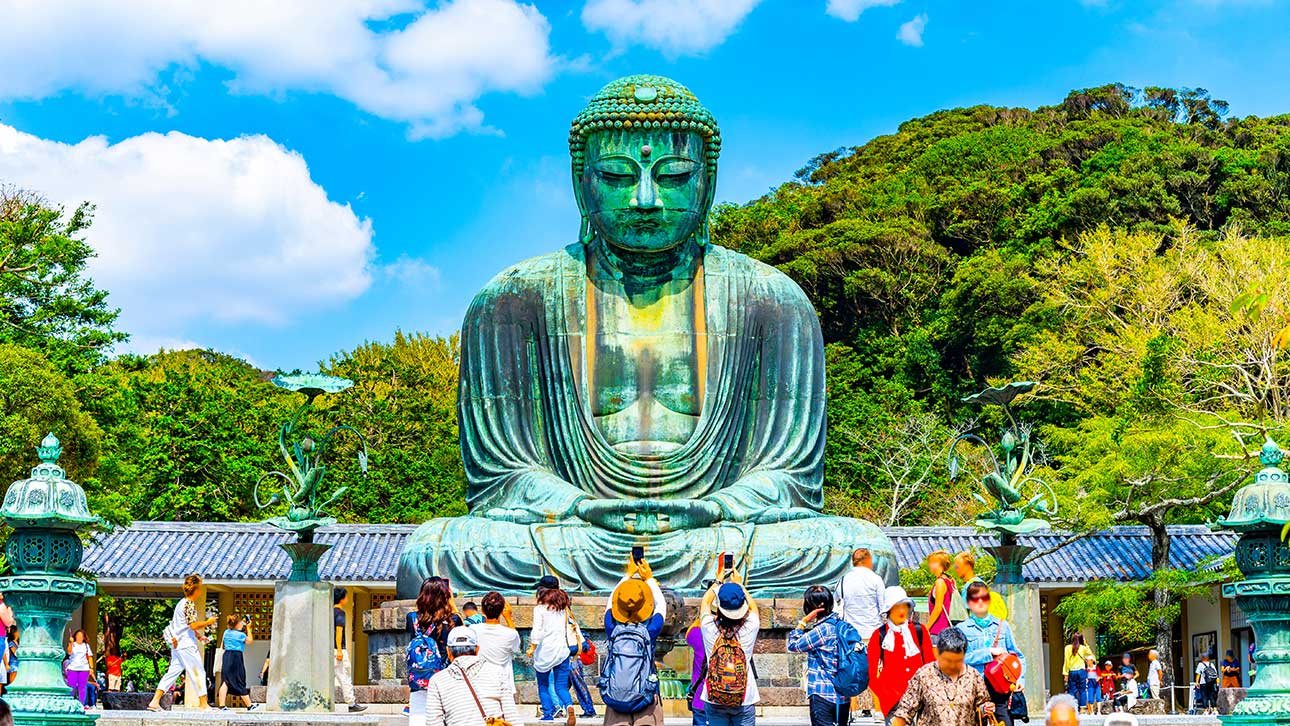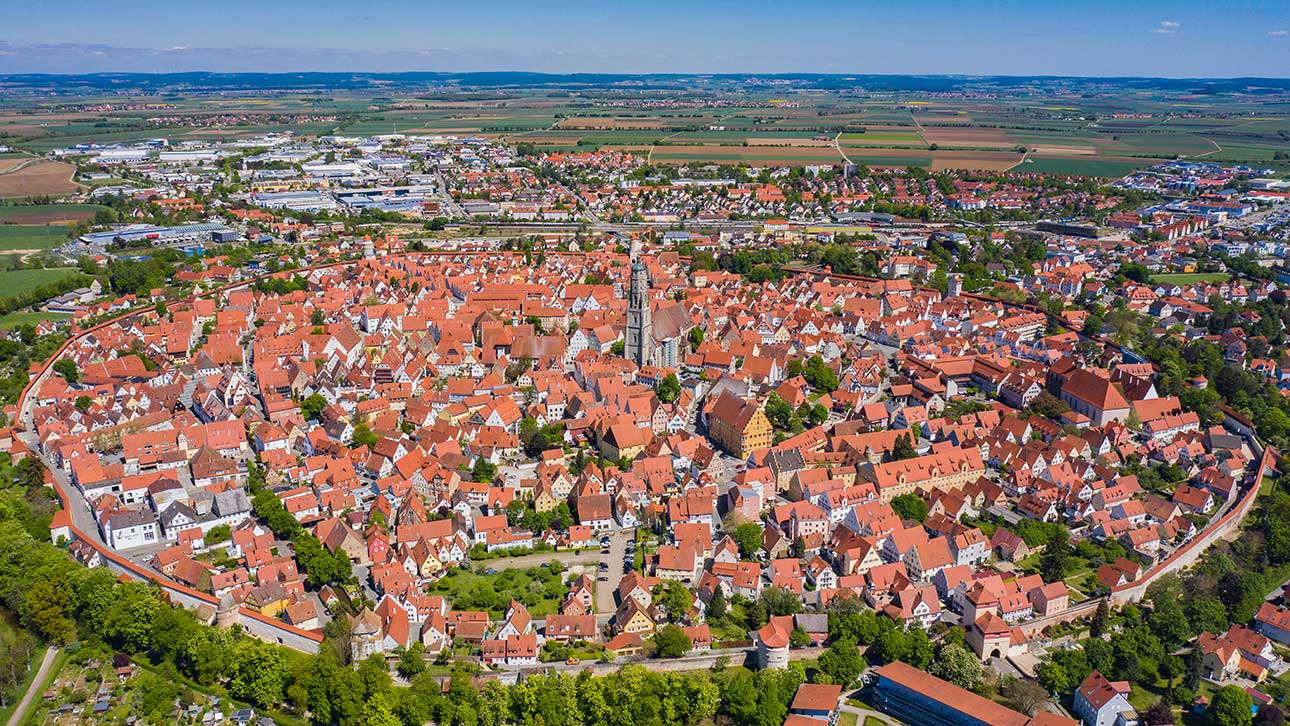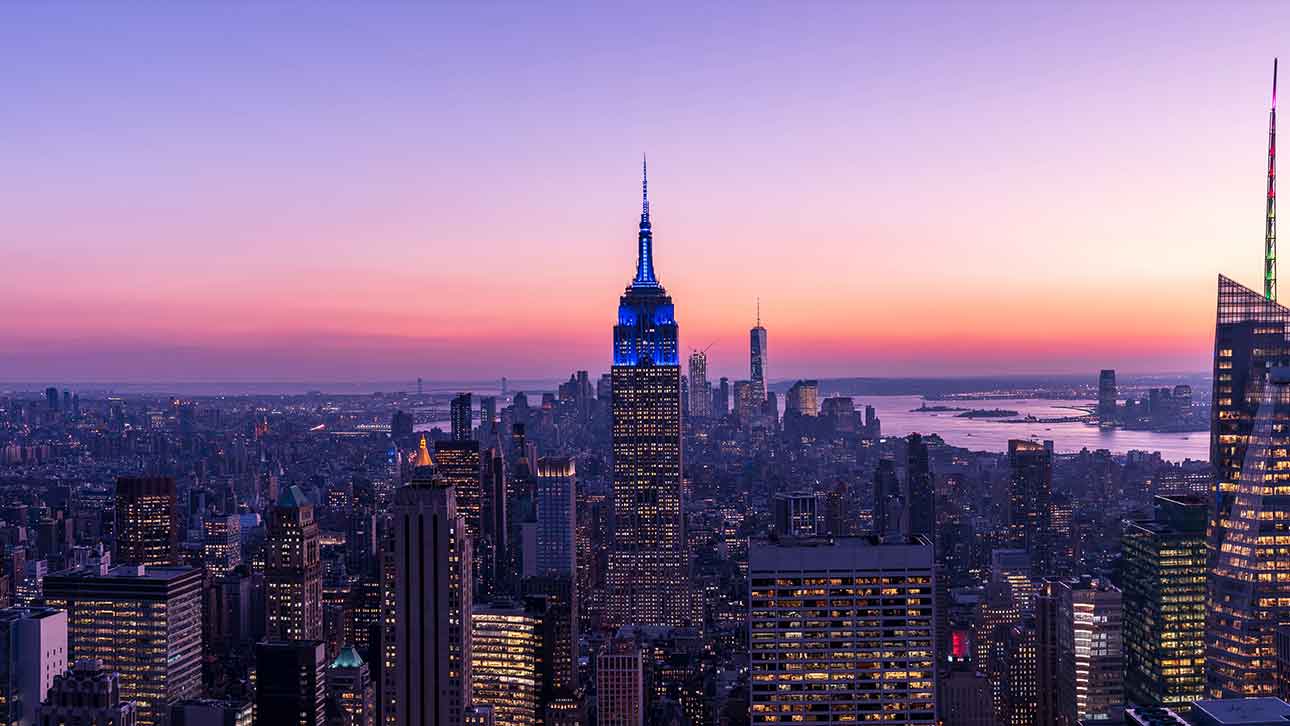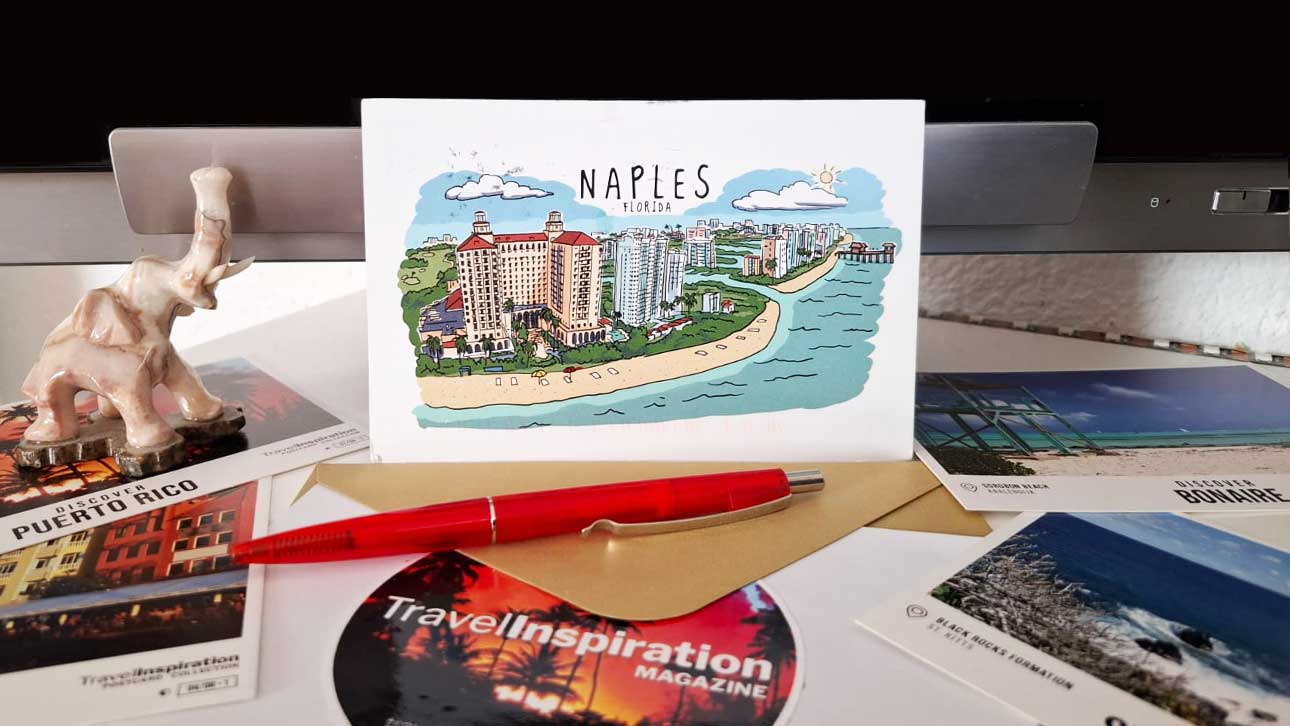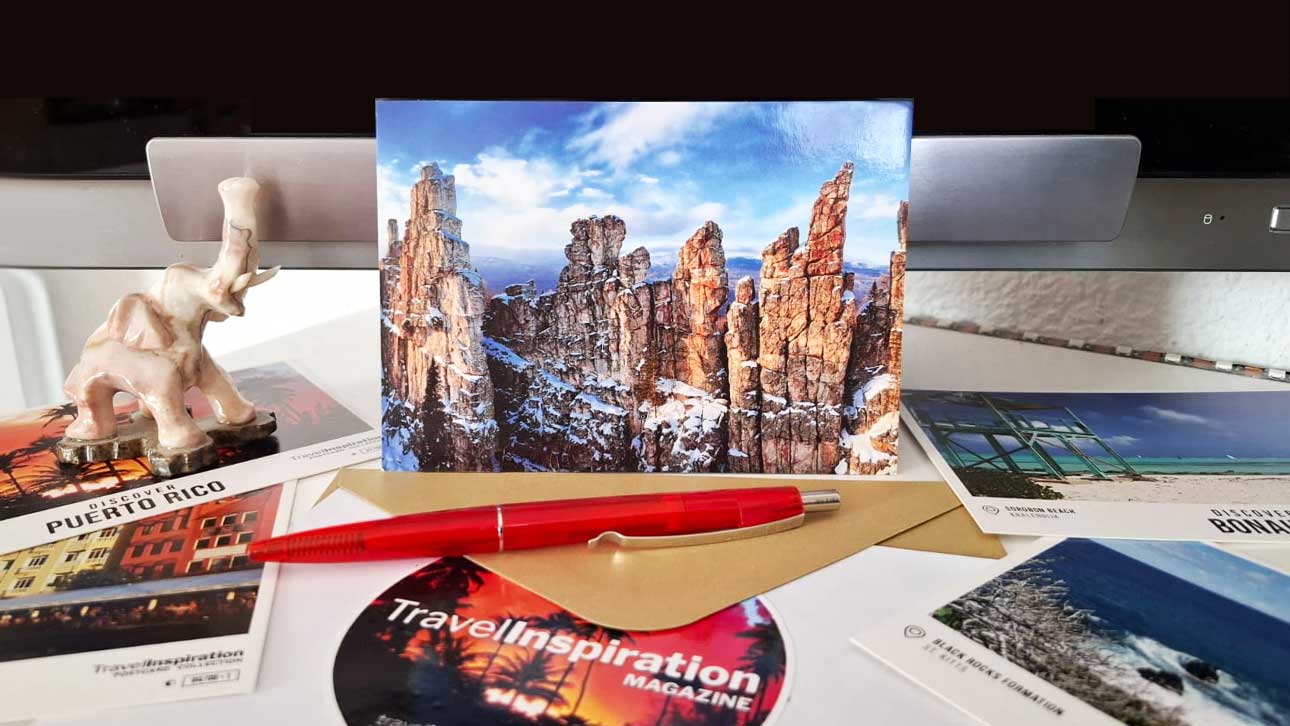
Nestled in the coastal city of Kamakura, the Great Buddha – known as Daibutsu – stands as one of Japan’s most iconic and revered monuments.
This awe-inspiring bronze statue, which has watched over the serene landscape for centuries, is not just a testament to Japan's rich cultural heritage but also a source of profound travel inspiration. Whether you’re a history buff, a spiritual seeker, or simply looking for the best things to do in Kamakura, a visit to the Great Buddha is an experience you won’t soon forget.
A Glimpse into History
The Great Buddha of Kamakura was originally cast in 1252 during the Kamakura period, a time when the city served as the political center of Japan under the rule of the shogunate. Standing at approximately 13.35 meters (43.8 feet) tall and weighing around 121 tons, the statue is a representation of Amida Buddha, a central figure in Japanese Buddhism.
What makes this statue even more remarkable is its survival through the ages. The original wooden structure that housed the Great Buddha was destroyed multiple times by natural disasters, including a tsunami in the 15th century. However, the statue itself has remained intact, now sitting under the open sky, which only adds to its majestic aura.
The Spiritual Experience
As you approach the Kotoku-in Temple, where the Great Buddha resides, a sense of tranquility envelops you. The gentle rustling of leaves, the soft chanting of monks, and the sight of the towering Buddha all contribute to an atmosphere of peace and introspection. For many, the Great Buddha is not just a monument but a place of pilgrimage—a chance to connect with the spiritual essence of Japan.
Visitors can also enter the interior of the statue for a small fee, where you can marvel at the craftsmanship and engineering that went into its construction. The hollow interior provides a unique perspective, allowing you to appreciate the statue from the inside out.
Exploring Kamakura: More Than Just the Great Buddha
While the Great Buddha is undoubtedly the highlight of Kamakura, this charming city has much more to offer. If you’re seeking the best things to do in Kamakura, you’ll find a wealth of historic temples, scenic hiking trails, and beautiful beaches.
- Hase-dera Temple: Just a short walk from the Great Buddha, Hase-dera is another must-visit site. Famous for its wooden statue of Kannon, the goddess of mercy, this temple also offers stunning views of Kamakura’s coastline and a peaceful garden filled with hydrangeas in the summer.
- Tsurugaoka Hachimangu Shrine: Located in the heart of Kamakura, this shrine is dedicated to Hachiman, the god of samurai. The shrine’s grand approach, lined with cherry trees, is especially beautiful in the spring, making it one of the top spots for cherry blossom viewing.
- Kamakura Hiking Trails: For those who enjoy nature, Kamakura offers several hiking trails that wind through lush forests and connect various temples and shrines. The Daibutsu Hiking Trail, which starts near the Great Buddha, is a popular choice, offering a mix of nature and culture.
- Kamakura Beaches: After a day of temple hopping, head to one of Kamakura’s beaches, such as Yuigahama or Zaimokuza, to relax by the sea. These beaches are also great spots to catch the sunset, with the Great Buddha serving as a fitting metaphor for the peaceful end to your day.
Travel Tips
- Getting There: Kamakura is easily accessible from Tokyo, with direct trains from Tokyo Station and Shinjuku Station. The journey takes about an hour, making Kamakura an ideal day trip or weekend getaway.
- Best Time to Visit: While Kamakura is beautiful year-round, spring and autumn are particularly recommended. Spring offers the beauty of cherry blossoms, while autumn brings vibrant foliage that enhances the serene atmosphere of the temples.
- Local Cuisine: Don’t miss trying Kamakura’s local specialties, such as shirasu (whitebait) and Kamakura-bori (carved lacquerware). The city also has numerous cafes and restaurants where you can enjoy fresh, seasonal Japanese dishes.
Why Visit the Great Buddha of Kamakura?
The Great Buddha of Kamakura is more than just a historic statue; it’s a symbol of Japan’s enduring spiritual legacy. Visiting this iconic site offers a rare opportunity to step back in time, connect with Japan’s cultural roots, and find a moment of peace in our fast-paced world.
For those seeking travel inspiration or looking for the best things to do in Kamakura, this city offers a perfect blend of history, nature, and spirituality. Whether you’re standing before the Great Buddha, hiking through the temple-laden hills, or simply enjoying the ocean breeze, Kamakura invites you to experience the beauty and serenity of Japan at its finest.
Did you enjoy this article?
If you love discovering inspiring stories and unique places, download our free app "Travel Inspiration Magazine" from Google Play! No annoying ads. No distractions. Just pure reading pleasure.
📲 Install from Google Play![Български [BG] Български [BG]](/media/mod_languages/images/bg_bg.gif)
![English [EN] English [EN]](/media/mod_languages/images/en_gb.gif)

